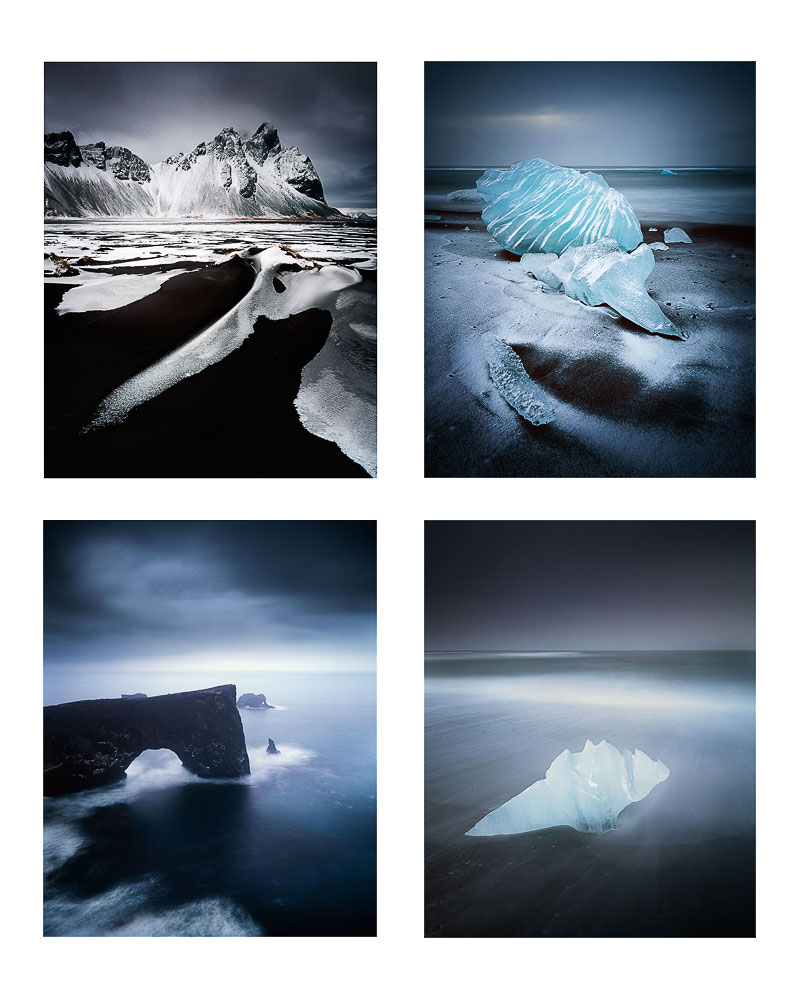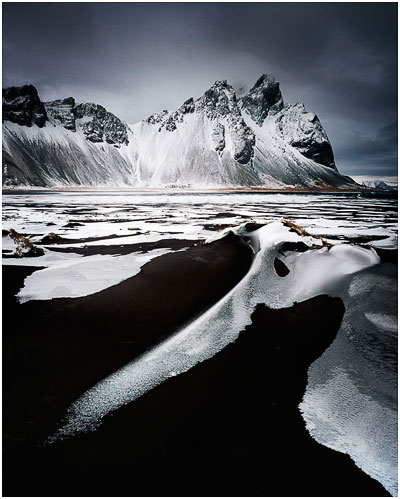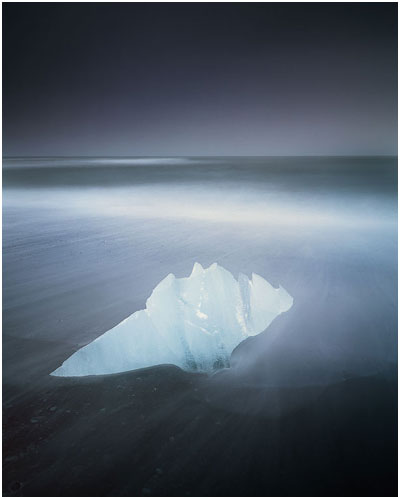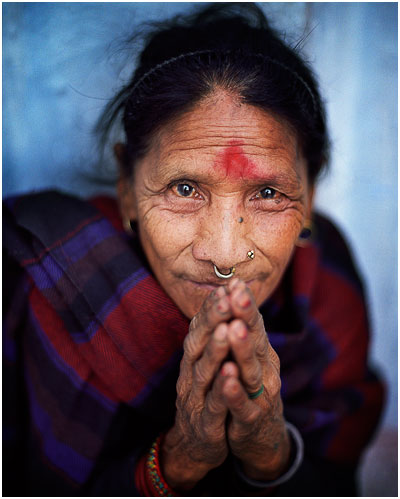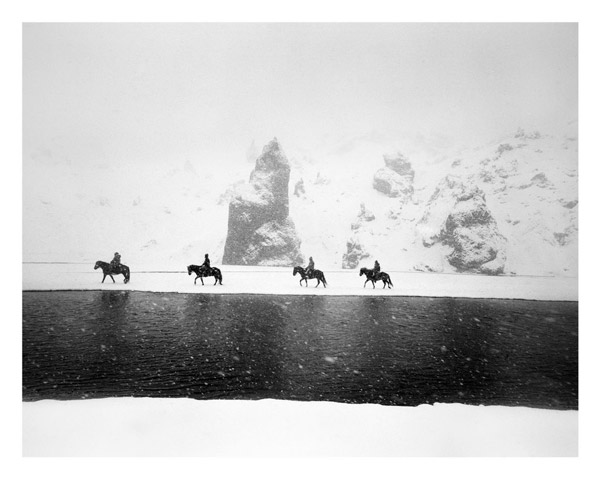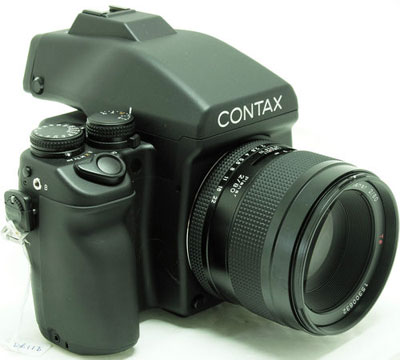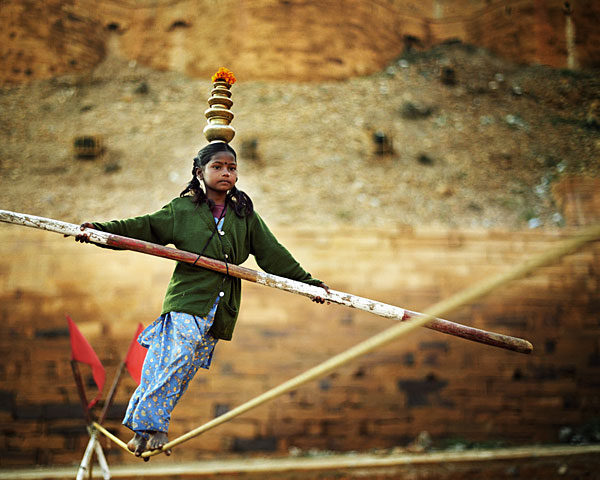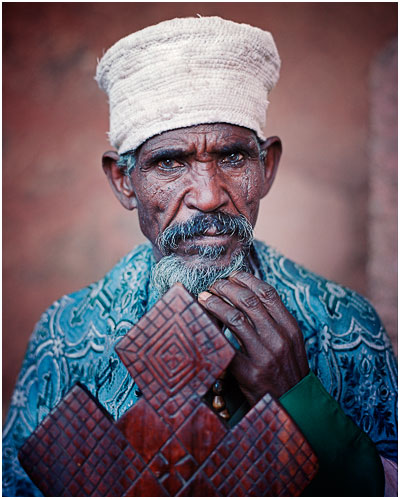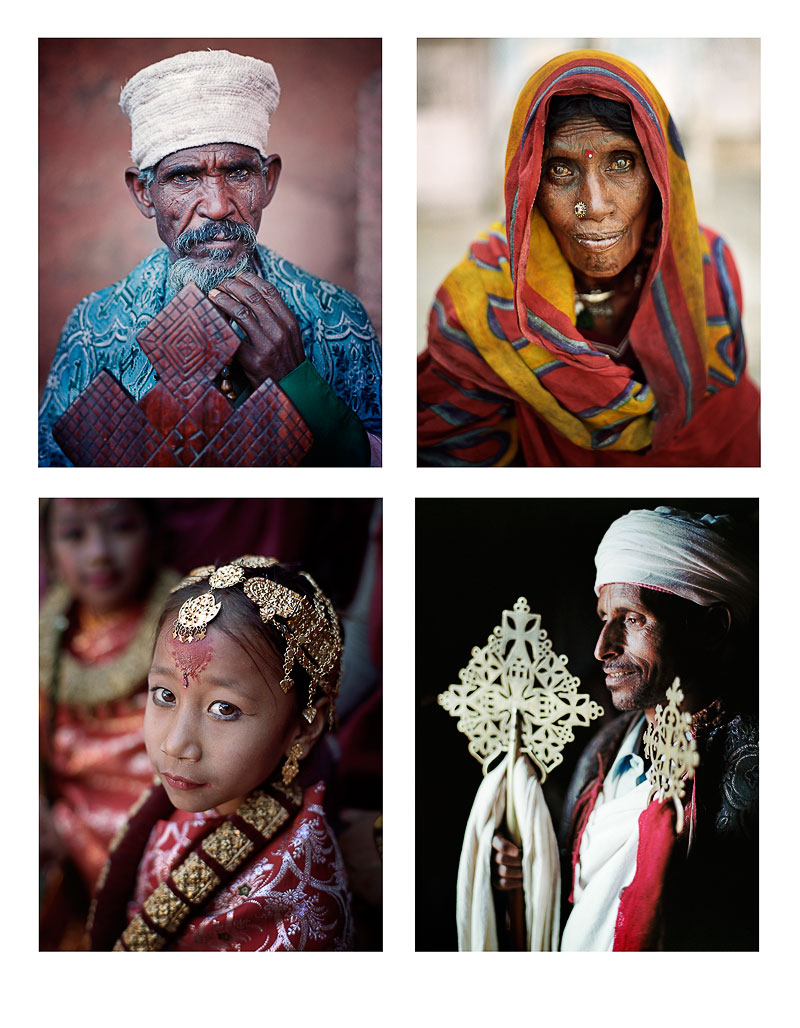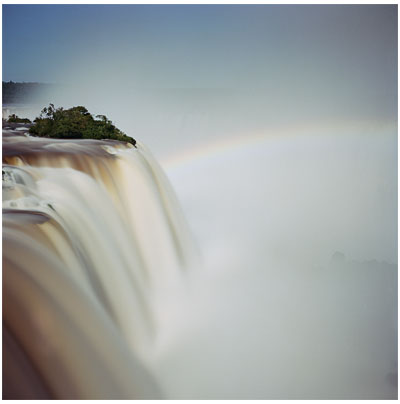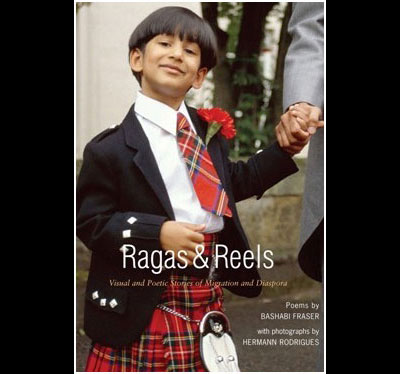A lot of people know my landscape photography as 'simplified' and some even go as far as to say it's 'elegant'. All very complimentary to me, and it makes me happy because this is exactly what I aim to achieve with my landscape images.
But what of my portraiture work? I personally see no difference between landscape images, and people images. To me, one is the landscape of a place, while the other is the landscape of a human soul. The same compositional rules apply - shape, tone and form are all required and of course the emotional engagement must be there too. So I've always been intrigued with people who like landscapes, but don't like photos of people, or the other way round.

When I make pictures of people, it's because I find them very engaging. Either it's their posture, the colour of their clothing, or there is a spirit about them that I find appealing, but ultimately, the composition has to be there too.
So while thinking about the kinds of portraiture work I would like to do as a new project, I've been thinking about how it would be nice if the work was simple and has some beauty or elegance to it. I know myself well, to know where I am with my own aesthetics and abilities as a landscape photographer: so I'm aiming to match my current level of ability and aesthetic with a new subject. For a long time now, I've believed that certain subjects work well for us, only when we have reached the right state of readiness. In other words, we do our best work when we encounter the right subject at the right time in our own artistic development. When both these worlds merge, the work can often bring on a new awareness of our style and future direction.
For some reason, the Geisha of Japan sprang to mind. I've been speaking a good friend of mine who told me about Kusakabe Kimbei's work, and I reproduce a hand coloured image here. I think there is indeed something elegant and beautiful about the work, and it shows me that there is great potential to this subject.

I bring all this up because I'm simply trying to explain how I can become inspired by certain subjects, or how the creative process can begin for me. I still have no idea whether a trip to Japan is actually on the cards as yet, or how realistic it may be to make images of Geisha, but the wheels have started to turn, and I've started to research the possibilities.
One of the things I love to do about anything I get really into, is to buy books on the subject. Today I received a copy of John Foster's book 'Geisha & Maiko of Kyoto' (you can also view his work on Geisha at his website too). I'll start by saying that it's a great book. It tells me a lot about the Geisha and Maiko but also, from a photographer's perspective, he tells me about the issues in working with his subjects over a seven year period.

John is a passionate photographer who has very similar attitudes to making portraits as I have: his first rule is that he is there to make friends, not offend anyone. So making images is secondary to the experience of meeting someone and finding out about them. He cares a lot for his subjects and has the utmost respect for them. I feel this is key to any engagement with a possible subject for portraiture photography and it's something I've always kept in mind while making images in Cambodia, Cuba, India and Nepal. People are people, no matter wherever you go, and they have feelings.
John's book has given me a lot of insights into the possibilities of engaging Geisha and the chances there are of making any photographs of them. From what I've learned: it's not going to be easy.... But I've been so inspired by his images because they show me the 'elegance' and 'simplicity' that I'm seeking.
Of course, John's book is not the only one I've bought on the subject of Geisha. I also found Jodi Cobb's (National Geographic photographer) excellent book, which has a more 'reportage' aspect to it. Her website has an excellent 'street photography' section on the Geisha.

All of this, is helping me gain better insight, and also helping me build my enthusiasm for a possible project. Whether I actually make it out to Japan is another story all together. But right now, I feel I've found something that is inspiring me to find out more, and this is key to any possible project one is considering undertaking.
For anything to begin, a flame has to ignite first.


